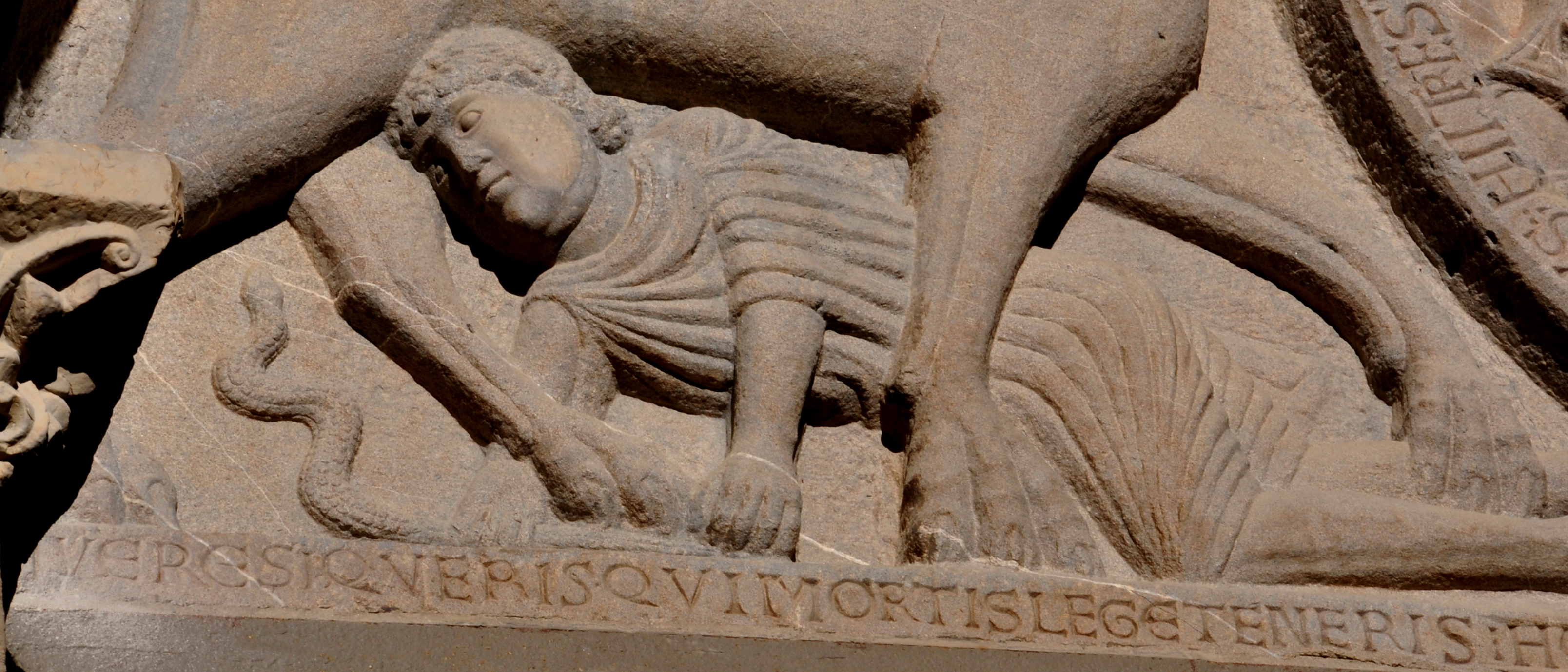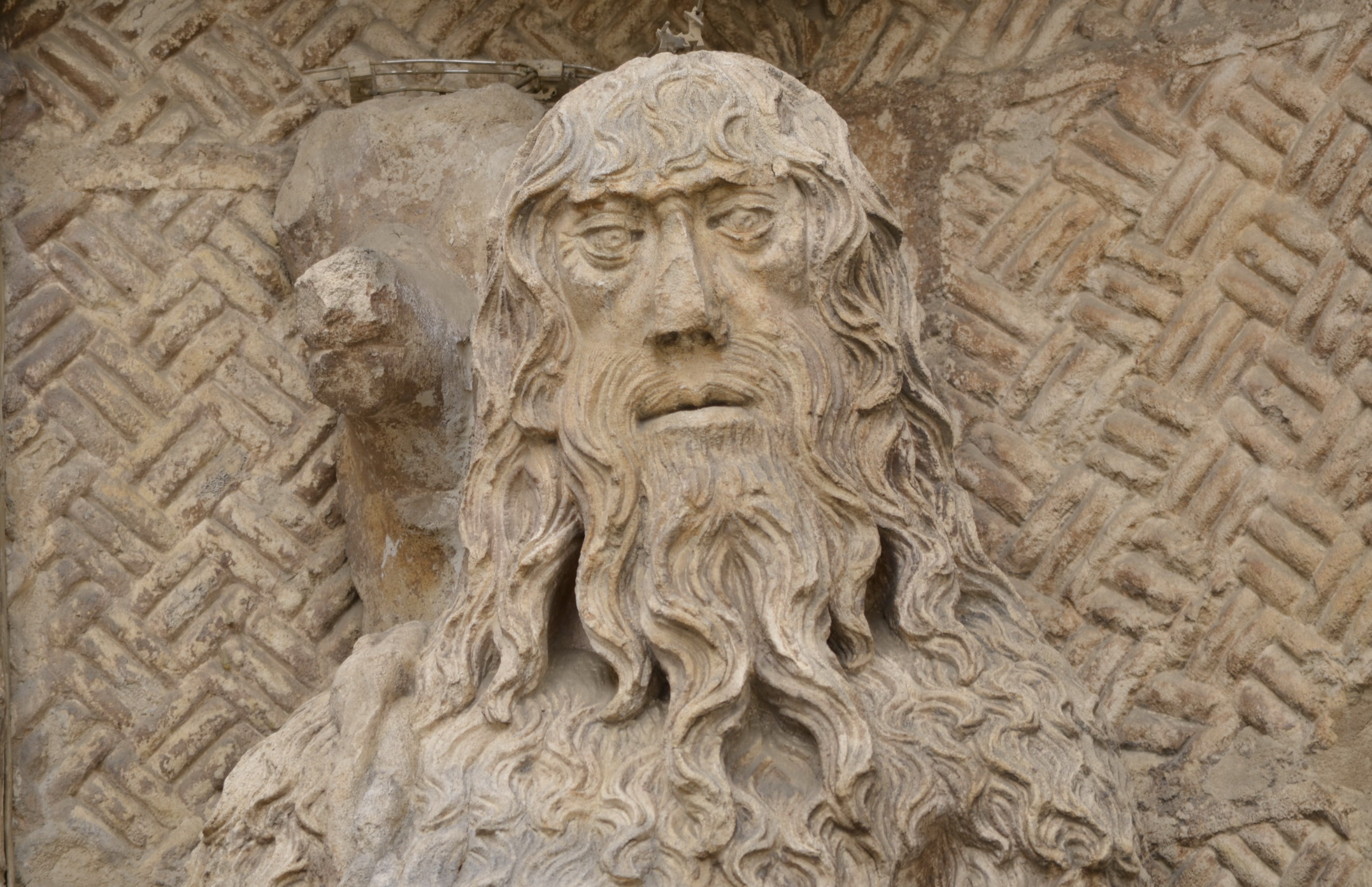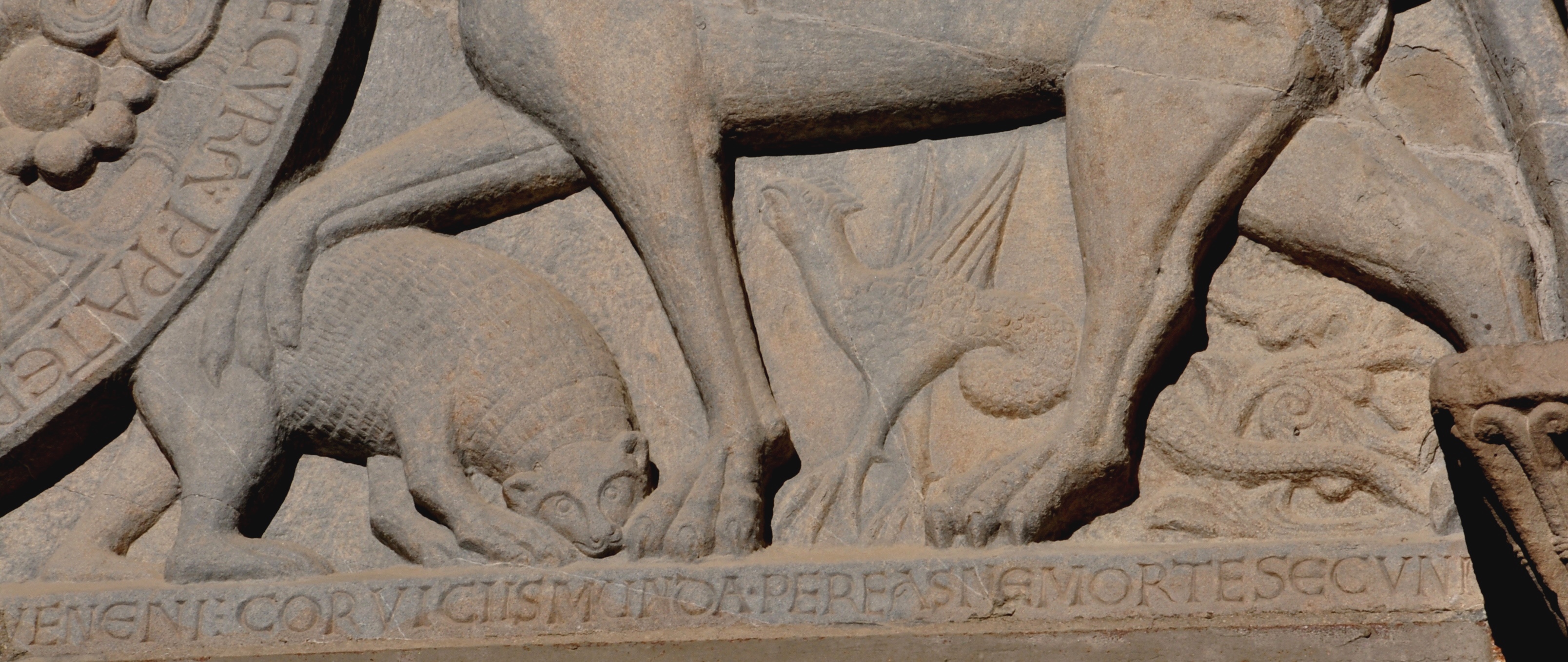Presentación
El proyecto plantea el estudio de casos representativos de las consecuencias que sobre la producción artística de los reinos cristianos peninsulares tuvieron sucesivos movimientos de reforma de la Iglesia entre los siglos XI y XV. Los casos se agrupan en los siguientes bloques:
A) Reformas y románico pleno:
En primer lugar, en el marco de la reforma gregoriana en Aragón, se investigará la construcción del claustro y dependencias canonicales de la catedral de Jaca, con especial atención a la identificación y estudio pormenorizado de los capiteles, actualmente dispersos; en segundo lugar, en Castilla, se revisitará el caso paradigmático de la abadía de Silos, especialmente significativo por su relevancia creativa y por el tratamiento que le ha dado la historiografía; y, en tercer lugar, de manera general, gracias a la existencia de estudios previos pormenorizados, se llevará a cabo una valoración general de las consecuencias de las reformas benedictina y gregoriana sobre el románico pleno peninsular.

B) Arquitectura monástica, de la austeridad a la humildad:
Se reconsiderará el alcance de la austeridad ornamental desplegada en las abadías cistercienses, comparando ejemplos del valle del Duero, Navarra y Cataluña, con los más importantes encargos arquitectónicos de su mismo marco espacio-temporal; igualmente, se estudiará el cambio hacia una “arquitectura de la humildad” auspiciada por las órdenes mendicantes en el siglo XIII, de la que se conservan dos conjuntos especialmente significativos, a un tiempo semejantes y contrapuestos: San Francisco de Sangüesa y Santo Domingo de Estella.

C) Reformas episcopales y conventuales bajomedievales:
Se profundizará en el conocimiento del excepcional conjunto canonical de la catedral de Pamplona a la luz de edificaciones recientemente descubiertas y del quehacer de los obispos reformadores; de igual modo, se examinarán programas iconográficos vinculados con la reforma vivida en el siglo XV en los conventos dominicos como consecuencia del fenómeno de la “claustra” (relajación y decadencia vivida en las comunidades como consecuencia del mortandades del siglo XIV) a partir del ejemplo singular de Santa María de Nieva (Segovia); asimismo, se explorarán los antecedentes figurativos y las consecuencias de la política activa de adoctrinamiento mediante imágenes impulsada por los dominicos en tiempos de los Reyes Católicos y que tuvo su más palmaria expresión en la llamada “propaganda inquisitorial”; y, por último, se estudiarán las motivaciones de grandes proyectos arquitectónicos promovidos por obispos reformadores que en la Castilla del siglo XV centraron su actuación en la formación intelectual de los religiosos, lo que motivó la construcción de colegios universitarios como San Gregorio de Valladolid.

El trabajo conjunto de investigadores con formación e intereses diferenciados generará sinergias que favorecerán una visión plural de estos fenómenos artísticos, mediante la puesta en común de fuentes, métodos y resultados, lo que sin duda alentará planteamientos renovadores tanto en el estudio de los casos concretos como de las aproximaciones teóricas a las problemáticas abordadas.
The project aims to explore the most representative cases in which the reforms of the Catholic Church that took place between the XI and the XV centuries influenced the art production of the Christian kingdoms on the Iberian peninsula. These cases are gathered in three groups:
A) Reforms and Romanesque:
In the first place, we will study the construction of the cloister and canonical dependencies of the Jaca cathedral, in the context of the Gregorian reform in the kingdom of Aragón. We will pay special attention to the identification and detailed study of the capitals, today scattered in public and private collections. Secondly, we will revisit and restudy the Silos Abbey (Castilla). This construction is especially significant because of its creative relevance, and because of the broad treatment that historiography has given to it. In the third place, thanks to detailed previous studies, we will conduct an overall assessment of the impact of the Gregorian and Benedictine reforms on the Iberian Romanesque.

B) Monastic architecture, form austerity to humility:
On the one hand, we will reconsider the scope of the ornamental austerity deployed in the Cistercian abbeys. To that effect, we will compare examples from the Duero Valley, Navarra and Cataluña with the most important architectural commissions of the same space-time framework. On the other hand, we will study the shift towards an “ architecture of humility”, sponsored by the mendicant orders in the XIII century. Two sets of particular significance, at once similar and counterposed, have been preserved from that time: San Francisco of Sangüesa and Santo Domingo of Estella.

C) Late medieval monastic and episcopal reforms:
First, we will delve into the knowledge of the exceptional canonical set of the Cathedral of Pamplona. This process will be performed under the light of the newly discovered buildings and the work of the reformer bishops. Secondly, we will examine the iconographic programs linked to the reform lived in the Dominican convents during the XV century. This reform was caused by the “claustra” (relaxation and decadence lived in the monastic communities as a result of the high death rates of the XIV century), and started from the exemplary behavior in the monastery of Santa María de Nieva (Segovia). In the third place, we will explore the history of the figurative background, and the consequences of the active indoctrination-through-images policies driven by the Dominican monks in times of Ferdinand and Isabella. This indoctrination had its most striking impression in the “inquisitorial propaganda”. Lastly, we will study the motivations of some great architectural projects promoted by reformer bishops in the XV century Castilla. Reformer bishops focused their activities in the intellectual formation of the monks and priests, which led to the construction of colleges (San Gregorio de Valladolid).
%20126.jpg)
The joint work of researchers with different backgrounds and interests will create synergies that will promote a pluralistic view of these artistic phenomena, through the sharing of sources, methods and results. This will undoubtedly encourage innovative approaches both to the study of specific cases and to theoretical approaches to the adressed problems.
